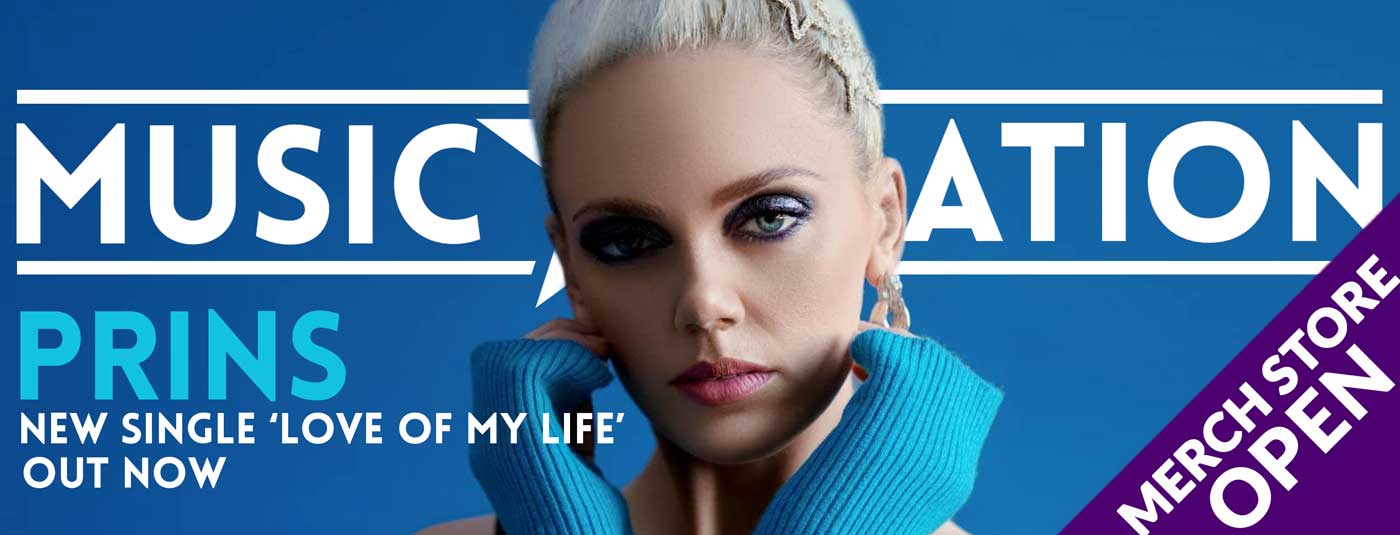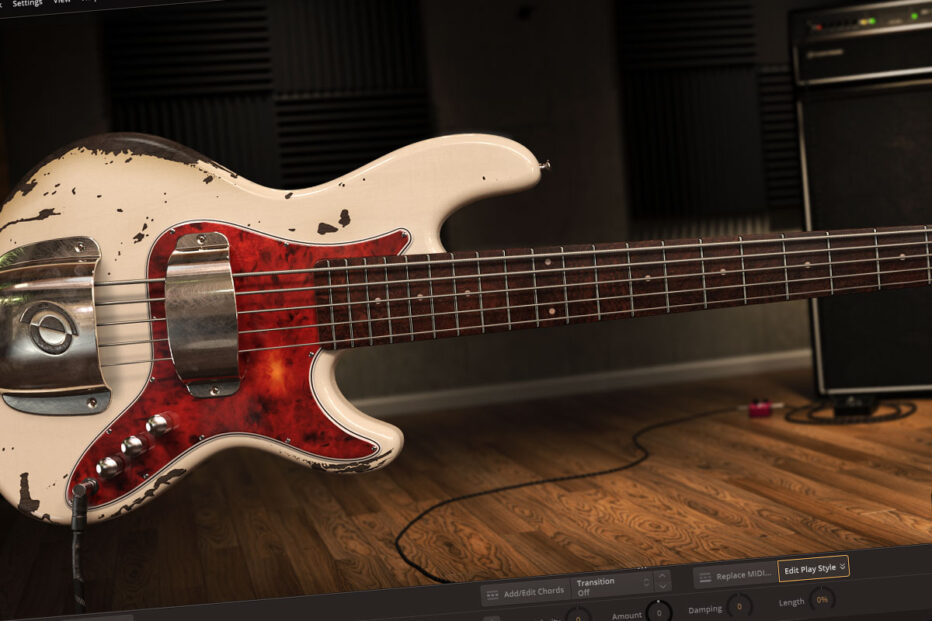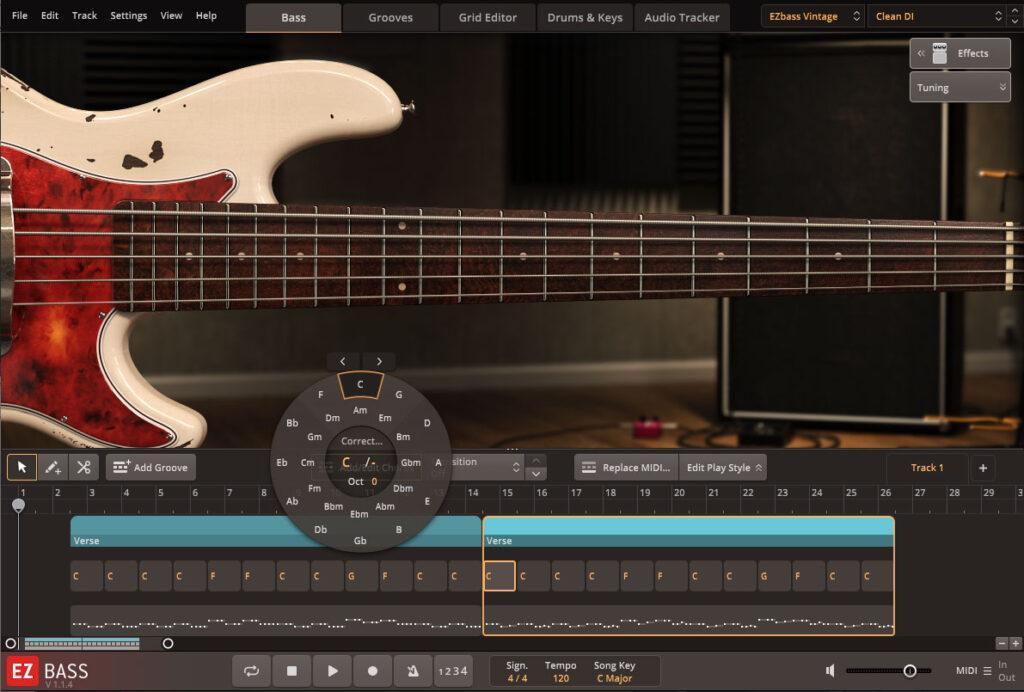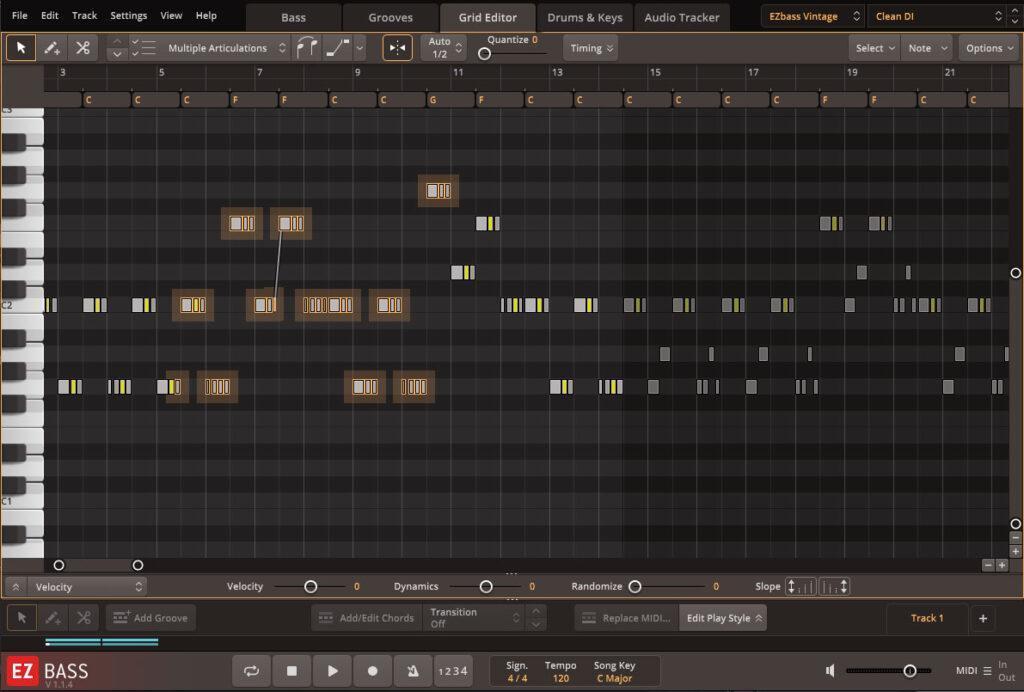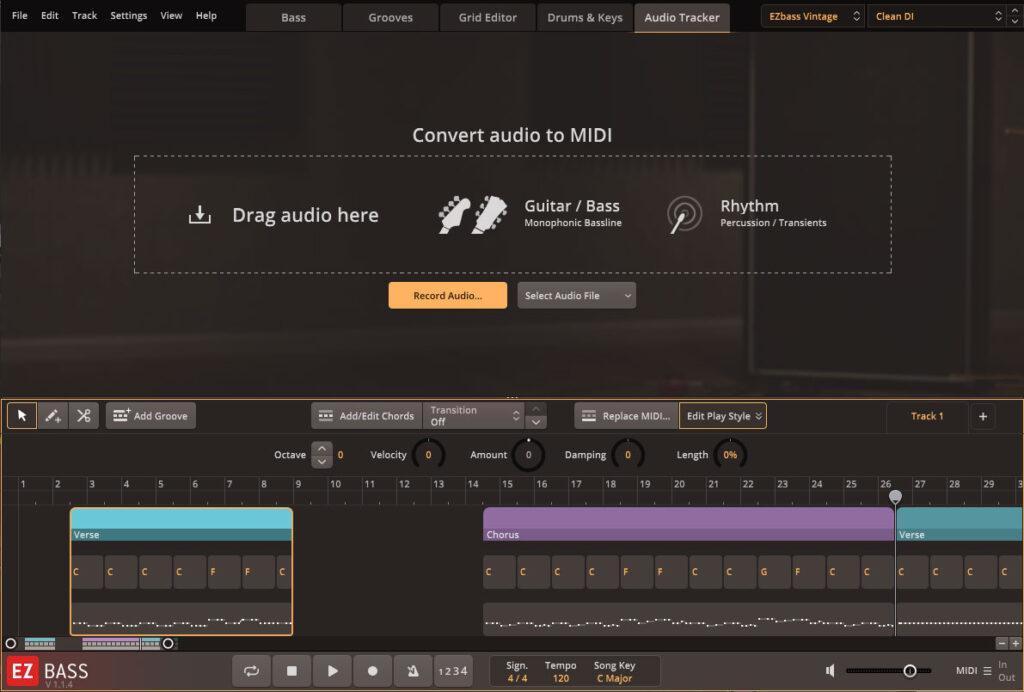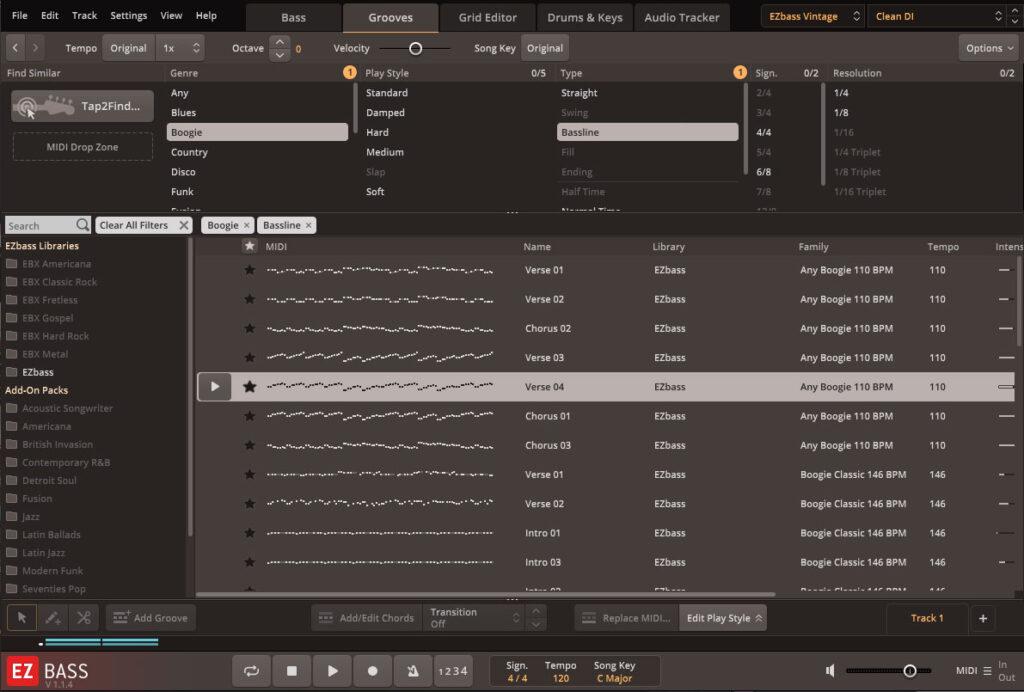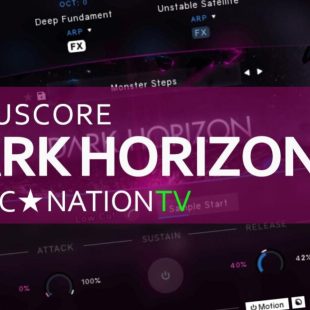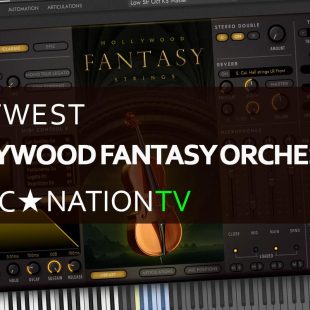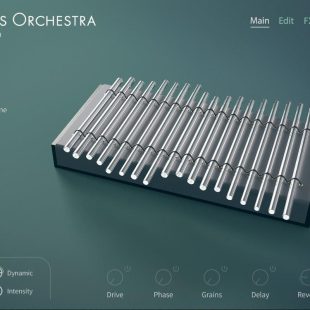Toontrack EzBass – Groovy Times Ahead
Welcome to StudioWise. Swedish developer Toontrack is synonymous in the industry for creating rock-solid and beloved mainstay songwriting tools. EzBass being the next in the line of ‘EZ’ titles, this electric bass guitar emulator features a number of functions elevating the line to a new level.
Toontrack has had such amazing success over the years with their EzDrummer/Superior Drummer and EzKeys line, it’s only natural to expand further into the band with the bass guitar. The challenge being this instrument is both the most simplistic and complicated at the same time, requiring an extremely flexible platform to cater to all forms of music.
EzBass is not going to appeal to all songwriters, of course. Those skilled enough to plug in a real bass and throw together a face-melting groove on the fly will find limited use for this, even with its excellent composing tools on offer. However, if like me you can use all the help possible, no matter the source – read on, this could be your next best friend in the studio.
Having been used to working with the companies EzDrummer 2 and EzKeys for some years now, this new title comes as a breath of fresh air with its huge, scalable GUI interface, MIDI grid editor and audio importing functions. Immediately, of course, I’m hoping this upgrading will be applied in the near future to the drum and keys lines which all could desperately benefit from the new workflow.
The feel
I am a huge fan of Spectraonic’s Trilian for a number of reasons, one of which is that the software plays rudimentary 8th and 16th-note driving grooves extremely convincingly. This has always been for me the most telling Achilles heel with bass synths like this, they all sound completely robotic when playing straight lines.
Unlike Spectrasonic’s solution of clever legato recordings to smudge the note gaps, EzBass focuses on individual note velocity and timing round robins to fool the ear. Essentially leaning heavily on MIDI tricks to impart a more human feel to the playing.
Though I would like to report EzBass have nailed this, unfortunately not so much. The very clever use of MIDI modulation requires much more manual manipulation to inject human feel than I would normally have time for. While on funky melodic heavy basslines, EzBass sound great and usually quite convincing due to the busy nature of the play style. Driving rock 16ths provides much less funk to hide behind, so not so much.
The tone
Sampling a bass guitar is deceptively difficult. Moreso than most rock band instruments, the bass guitar’s tone is completely derived from a number of factors such as the fingers, playing position and amp hardware and instrument build material. There can be a massive range of tones made from simply adjusting your fingerstyle, where on the instrument neck you play or how aggressively your style is. Toontrack has done well to incorporate a good selection of these articulations into EzBass, but it’s nowhere near as dynamic as the real instrument in the hands of a skilled player, of course.
Having said that, oftentimes it’s not necessary to have the entire dynamic range of the instrument on show. Expecting EzBass to be the complete bassist in a box is unrealistic, and while it is certainly possible to emulate the solo styles of famous players like Flea, Jaco or Marcus Millar, EzBass performs much better for me as a simple ‘in the background’ instrument.
The included ‘modern’ and ‘vintage’ bass options both sound good. The vintage Fender style sounds more authentic to my ears than the modern Yamaha-look bass, which is quite hi-fi. Both basses include a good selection of realistic touches, like fret rattle, hammer on and slapping techniques.
I found both basses respond well to 3rd party processing if you need any. The included mixing tools are quite simple, and besides I prefer to use my own 3rd party FX chains for familiarity’s sake. Even driving very hard with compression and EQ, the tone never broke or sounded brittle, though I often required a little more lift in the sub-bass range, not a big deal.
You are able to modify the fingerstyle and amplification of course. It’s not as flexible as IK Multimedias’ MODO Bass, but there is a good enough range of dynamics available for most circumstances.
As with any bass guitar, EzBass sounds brilliant with lashings of chorus and reverb – completely depending on the music arrangement requirements, of course. But anyone looking to travel out to more experimental, avante-guard or ambient territory with this, rest assured it sounds fantastic.
Other titles in Toontracks catelogue offer a huge and diverse line of DLC instrument and MIDI pack expansions, I’m sure EzBass will be capitalising on the same, though at the time of writing, there is nothing on offer, unfortunately.
Songwriting
Where EzBass shines, as with its brethren EZ instruments, is with songwriting. Toontrack has provided a number of fantastic tools within the interface specifically designed to get your new song ideas to life as easily as possible.
EzBass has a clever function for converting imported audio tracks into bass MIDI. I found this quite hit-and-miss for anything other than very pulled-back and simple music genres. If you have a solo bass recording that’s not too complex, the function works flawlessly, is invaluable and time-saving.
The included MIDI collection is good but fairly limited – clearly the company is interested in selling future MIDI packs which should be a lot more focused than the very generic default offering. However, the included grooves are usable and mostly a good starting point.
I personally struggled to find the magic bassline from the curated selection of grooves, though to be fair my style of music writing is on the fringe of the instrument’s range. Fortunately, the MIDI grid editor is excellent and very easy to use. I feel this outshines the supplied MIDI collection as the interface is so flexible. It takes no time at all to comp in bass lines that work for your arrangement, then to slowly manipulate as required to add more funk or groove.
Much of the grid editor can be used by intuition, with clever sliders for quantisation, velocity, note lengths and the like. Converting notes to legato or slides on the fly is easy, as is applying simple articulations like pop, slap or tap etc.
I did find EzBass doesn’t play well with the competition, in regard to exported MIDI compositions. The expectation is you could create arrangements within EzBass and then drag-and-drop the MIDI to your DAW for use in another preferred library, perhaps Trilian, Reasons Electric Bass range or some of the Ujam titles for example. Alas, other than the basic note values, almost none of the CC or articulation values do not convert – as you would expect, I guess. EzBass prefers you to stay within the environment and not wander too far off the plantation. Luckily, there is little need unless you’re requiring very specific bass features the other titles offer.
Surprisingly, all of this technology is extremely light on CPU requirements. I found little cause for concern while testing EzBass no matter how hard I pushed it. Even running with EzKeys and EzDrummer 2 in sync, all titles run flawlessly with no DSP clips or crackles.
Conclusion
Toontrack has knocked another one right out of the park. While EzBass doesn’t quite stand up under close inspection as a purely solo bass guitar instrument, it is leaps and bounds ahead of all the competition when it comes to its most important role of aiding songwriters to compose music.
The interface is both simple and complex enough to provide more than adequate tools for applying usable bass lines to your tracks in short order. The audio-to-MIDI Function is pure genius and mostly works much better than expected.
Toontrack hasn’t dwelled too long on trying to completely emulate all basses, styles and situations to all men. Rather, it provides a good selection of mixing tools to provide adequate-sounding basses and leaves much of the interface to focus on what EzBass does best, arranging great basslines.
I have said this before with both EzDrummer and EzKeys, but this new software from Toontrack is definitely essential buying for all songwriters and producers. The three titles working together are a holy trinity for modern band composition. I can only wait in anticipation for Toontrack to apply this new GUI workflow to the rather ageing Drummer and Keys lines soon, and obviously look to covering the complete gamut with an EzGuitar line in the future, perhaps.

Like the review? Shout us a cup of coffee!
